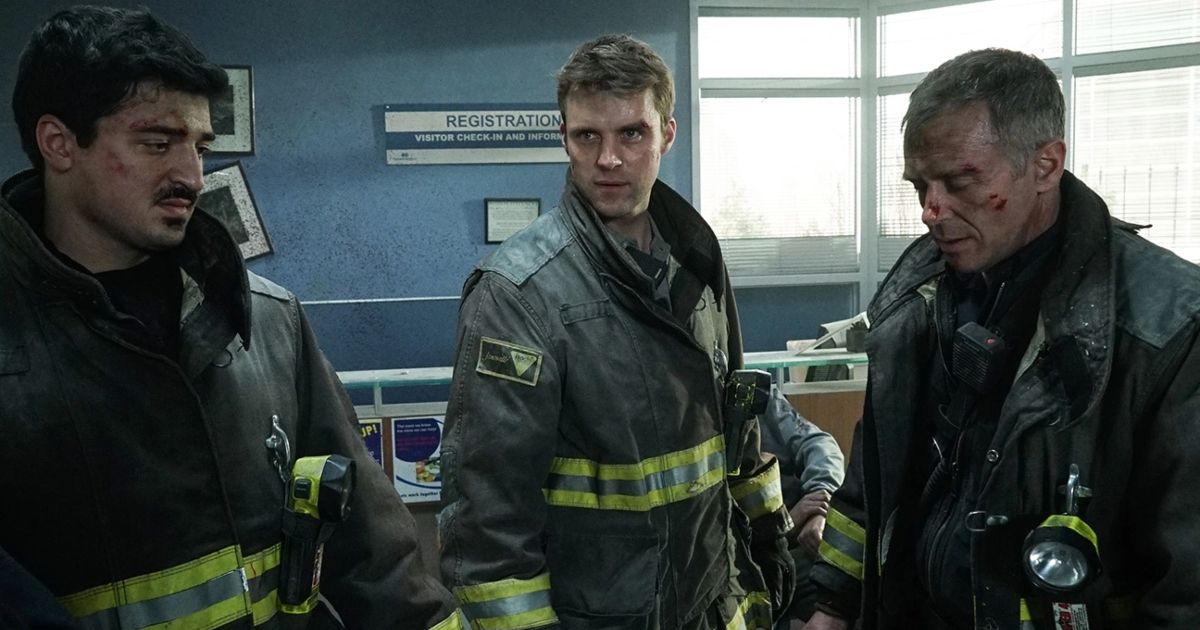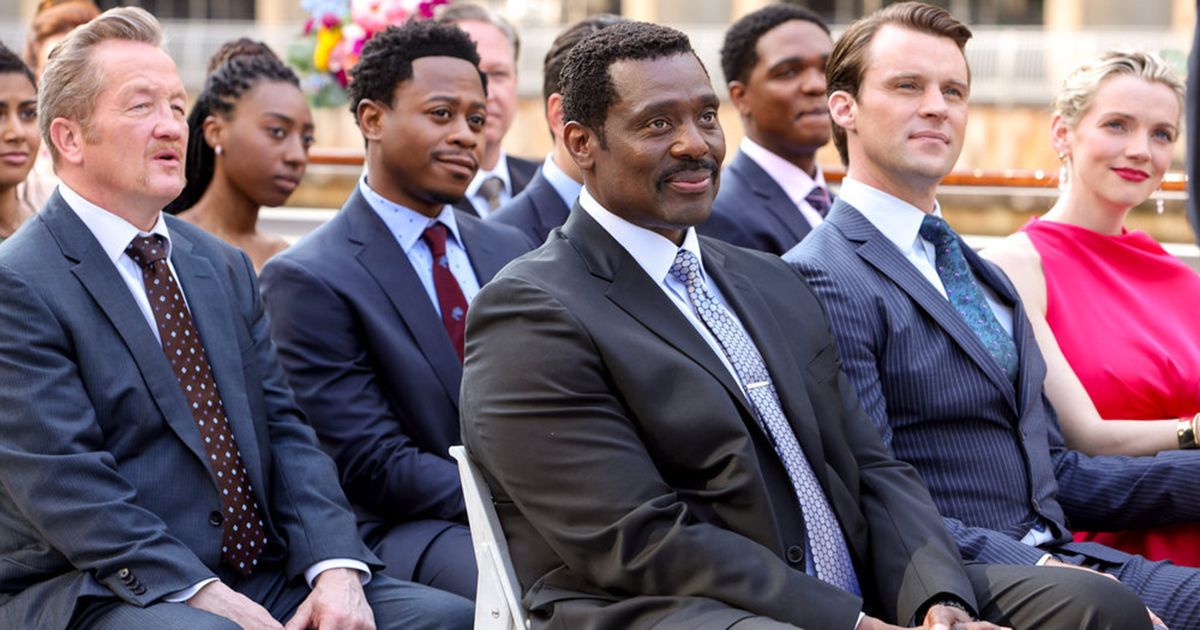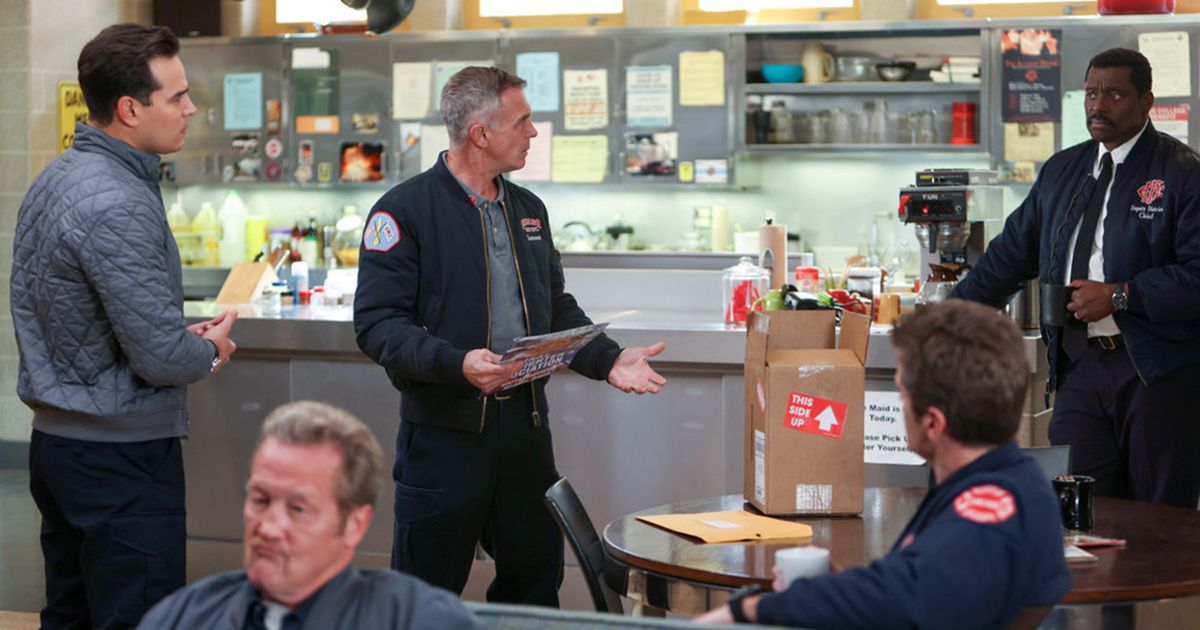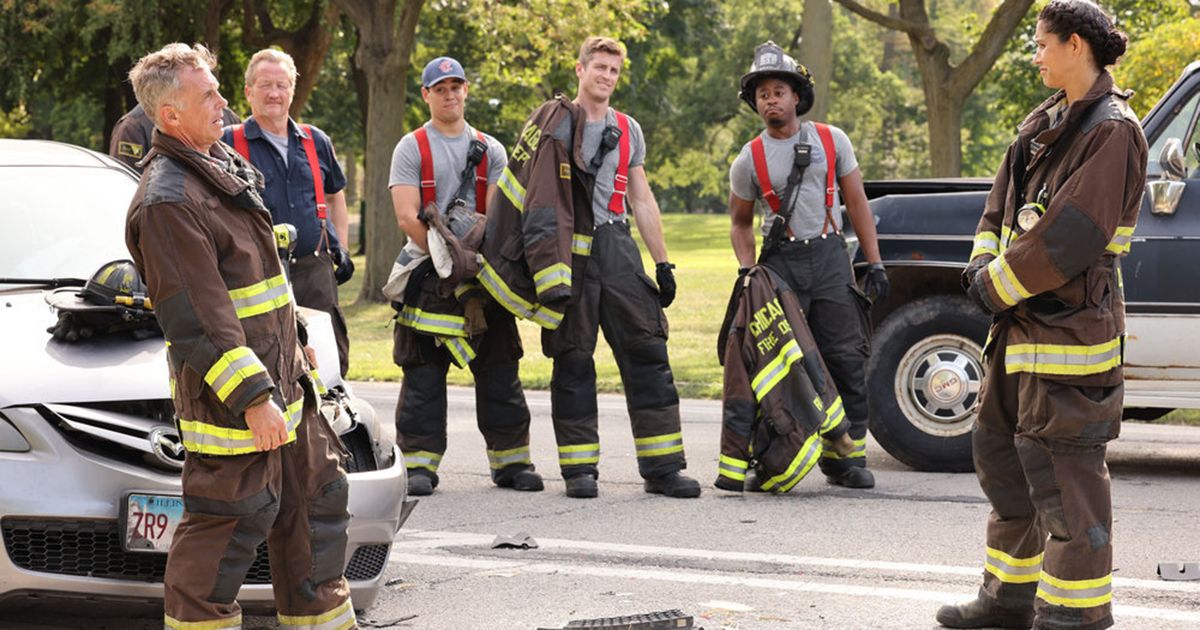How exactly does a procedural go on for 11 years? What's the appeal that draws viewers to continue coming back for more after hundreds of episodes that generally focus on similar topics? If we're to wager, there's a hefty chance that the characters play a tremendous role in leaving a lasting impact. NBC's One Chicago universe sometimes crosses over with the Law and Order shows, like the network's miniature version of the Marvel Cinematic Universe. It grows and expands continuously, adding new characters left and right or killing off key players when their time has come.
Of all the shows in the One Chicago verse specifically, the series that started it all, Chicago Fire, is the one that's full of the most heart. It's not operating under corrupt leadership, the characters each get equal storylines, and most importantly, the friendships within Firehouse 51 are fortified constantly. But after 11 years, Chicago Fire has lost a bit of its spark, and one of the easiest ways it could get it back is to focus more on the dynamics within the firehouse than on external cases that won't be remembered by the time a new episode airs.
The Characters are the Show's Strength
In any show, film, or even literature, characters draw the audience in — they're the reason people choose to invest in something, even when the plot is intriguing enough to continue holding attention. Chicago Fire is no Stranger Things or The White Lotus; even though nearly every season finale ends with a cliffhanger, most of the plot points are wrapped up after an episode or two. Where a show like Chicago P.D. could keep a case going for a bit longer, the narrative is harder to accomplish with Chicago Fire. Still, we keep coming back to see what the characters are up to and how they're dealing with the latest obstacle in their personal lives.
Many have come and gone in the 11 years the show has been on the air. Beloved characters like Leslie Shay (Lauren German), Brian "Otis" Zvonecek (Yuriy Sardarov), and recently Evan Hawkins (Jimmy Nichols) have passed on, while fan-favorites like Matt Casey (Jesse Spencer) and Gabriella Dawson (Monica Raymund) have moved away from the windy city. The series has seen many changes in its time, too many to name, no matter how hard we try to recount them all. But at its crux, it's stood as a shining example of what a work family should look like even amidst the endured losses.
Chicago Fire's latest season is an exhibition of its losses more than it is about what it gained. Instead of letting viewers focus on the remaining characters and allowing us to continue getting to know them more intimately, it's focused too heavily on raising the stakes. In killing Evan Hawkins this year and leaving Violet Mikami (Hanako Greensmith) to battle grief on top of everything else, the question remains why? Why is the series introducing such heavy plot points without digging into its hurdles more intensely?
In the last two years, the narrative has introduced gripping storylines that could allow its characters to grow, but instead of showing us the evolutions, Chicago Fire has glossed over them while presenting further hurdles that ultimately take away from the precious time that viewers could spend with the characters who make up the heart of the series. People will always be interested in real human stories that make them feel seen. If we're introduced to a storyline centered around grief, watching a character cope with their pain could make a viewer feel less alone. If we look at the success of Andor and how the series quietly walked through specific episodes while breaking barriers through action-packed moments in others, the balance proved to be a tremendous success for Star Wars.
Firehouse 51 Differentiates from Other Procedural Dramas
In the same way that the complex characters differentiate Chicago Fire from similar procedural dramas, the dynamics between Firehouse 51 help it to stand out beautifully. Like the fire station where they spend most of their time, Molly's, co-owned by Christian Stolle's Mouch and David Eigenberg's Hermann, is where most of the show's numerous heartfelt moments occur. This detail especially makes it stand out in the One Chicago universe, where the other shows spend less time fortifying friendships. And as all crucial settings, Molly's makes the series feel cozier and more authentic. It lets viewers catch a break from the gut-wrenching fires and untimely deaths. At the same time, more moments within Firehouse 51 could continue challenging the characters to grow after their experiences, allowing the series to be more character-driven than dramatic for the sake of shock value.
Multiple dynamics within Firehouse 51 deserve further exploration to continue grounding the show in a place that's not only more memorable but relatable. While fans might not all remember which fire was the worst (unless a new fear is triggered), they'll remember when Chief Boden (Eamonn Walker) went all out for a haunted house. Concurrently, where some of the romantic relationships within the station are great, like long-running couple Stella Kidd (Miranda Rae Mayo) and Kelly Severide (Taylor Kinney), we only need some people within the station to hook up at this point. They are very clearly a chosen family, and watching them interact in any capacity is a heartwarming showcase of what it means to be surrounded by like-minded people who do a great job of challenging each other.




